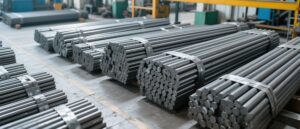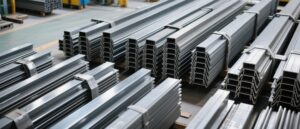What is GH4145?
- July 22, 2024
- 12:07 am
- 2141
GH4145 is a Ni-Cr-based precipitation-hardening deformed high-temperature alloy, which is mainly age-strengthened with the γ’ phase ([Ni3(Al, Ti, Nb)]). The alloy has good corrosion and oxidation resistance up to 980°C, high strength up to 800°C, and good relaxation resistance up to 540°C. The alloy has a good corrosion and oxidation resistance up to 980°C, high strength up to 800°C, and good relaxation resistance up to 540°C.
GH4145 alloy is widely used in aviation, aerospace, petrochemical and other fields, especially in the manufacture of aviation engine components requiring high strength and high temperature resistance. Its excellent mechanical and process properties, such as good formability and weldability, make it an indispensable material in these fields.
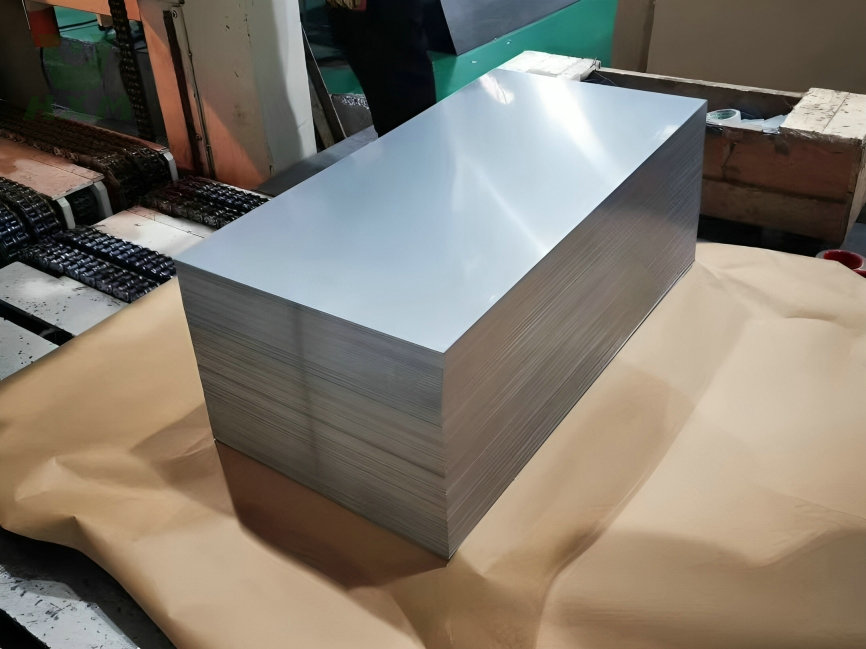
Chemical Composition of GH4145
Composition of GH4145 high temperature alloy GH4145 high temperature alloy is mainly composed of the following elements:
- Nickel (Ni): the main component, accounting for about 70% of the total mass of the alloy;
- Chromium (Cr): to provide corrosion resistance of the alloy, the content of about 19%;
- Cobalt (Co): improves the wear resistance of the alloy, with a content of about 2.5%;
- Aluminum (Al): enhance the hardness and high temperature resistance of the alloy, the content of about 1.2%;
- Titanium (Ti) and niobium (Nb): solid solution strengthening elements, the content of about 0.8% and 0.7%;
Other trace elements such as manganese and silicon.
| Element | Symbol | Content (%) | Purpose |
|---|---|---|---|
| Nickel | Ni | ~70 | Main component, providing the bulk of the alloy’s mass. |
| Chromium | Cr | ~19 | Provides corrosion resistance. |
| Cobalt | Co | ~2.5 | Improves wear resistance. |
| Aluminum | Al | ~1.2 | Enhances hardness and high-temperature resistance. |
| Titanium | Ti | ~0.8 | Solid solution strengthening element. |
| Niobium | Nb | ~0.7 | Solid solution strengthening element. |
| Other Elements | Trace | Includes manganese and silicon. |
mechanical property of GH4145
GH4145 is known for its excellent mechanical properties, particularly at high temperatures. Here are the key mechanical properties of GH4145:
1. Tensile Strength
- Room Temperature: Typically ranges from 850 to 1000 MPa.
- High Temperature: Retains significant tensile strength at elevated temperatures.
2. Yield Strength
- Room Temperature: Approximately 600 to 750 MPa.
- High Temperature: Maintains good yield strength at high temperatures.
3. Elongation
- Room Temperature: Generally around 20-30%.
- High Temperature: Decreases with increasing temperature but remains adequate for high-temperature applications.
4. Hardness
- Rockwell Hardness: Usually falls within the range of HRC 30-35 at room temperature.
5. Creep Resistance
- GH4145 exhibits excellent creep resistance, making it suitable for long-term use at high temperatures. This property is crucial for applications in gas turbines and other high-temperature environments.
6. Fatigue Resistance
- GH4145 has high fatigue resistance, which ensures durability under cyclic loading conditions.
7. Thermal Stability
- The alloy maintains its mechanical properties even at temperatures as high as 800-900°C, making it suitable for use in high-temperature environments.
8. Oxidation and Corrosion Resistance
- GH4145 offers superior oxidation resistance and maintains its mechanical integrity in corrosive environments, which is essential for high-temperature industrial applications.
Summary
GH4145 is a high-performance alloy with excellent tensile and yield strength, good elongation, high hardness, and outstanding creep and fatigue resistance. These properties, combined with its thermal stability and corrosion resistance, make it an ideal choice for demanding high-temperature applications, such as in the aerospace, power generation, and chemical processing industries.
Application of GH4145
1.High-temperature resistant and high-strength rings, structural components and bolts
GH4145 alloy is used to manufacture a wide range of rings, structural components and bolts and other parts in environments where high strength is required for operation up to 800°C. These parts require excellent corrosion resistance and high strength to ensure stability and reliability in high temperature environments.
2.Planar and Helical Springs
In operating environments below 540°C, GH4145 alloy is also used in the manufacture of planar wave springs and circumferential helical springs that have medium or low stresses and require resistance to relaxation. These springs play an important supporting and connecting role in aero-engines and require good resistance to relaxation.
3.Gaskets and other seals
GH4145 alloy is also used to make gaskets and other seals in aero-engines. These components need to maintain good sealing performance at high temperatures and pressures to prevent gas leakage and improve overall system reliability.
4.Application of additive manufacturing technology
In recent years, with the development of additive manufacturing technology, the application of GH4145 alloy in the aerospace field is also expanding. For example, GE has purchased a large number of parts produced with nickel-based alloy additive manufacturing technology in the past two years, which indicates the increasing importance of GH4145 alloy in the manufacture of modern aero-engines.
Advantages of GH4145
1. High temperature strength and stability
GH4145 alloy maintains high strength and hardness in extreme high temperature environments, which enables it to maintain excellent performance under high temperature working conditions for a long time. In addition, GH4145 alloy has good corrosion and oxidation resistance below 980°C and high strength below 800°C.
2. Anti-relaxation properties
GH4145 alloy shows good anti-relaxation properties below 540℃, which is very important for applications such as aero-engine components that require long-term stability.
3. Forming and welding properties
GH4145 alloy not only has excellent mechanical properties, but also has good forming and welding properties, which makes it more flexible and reliable in the manufacturing process.
4. Corrosion and oxidation resistance
GH4145 alloy performs well in a variety of corrosive media and is not easy to oxidize at high temperatures, these properties make it widely used in petrochemical, energy and other fields.
5. Low temperature mechanical properties
GH4145 alloy also shows excellent mechanical properties in low temperature environment, which provides important technical support for aerospace and other fields.
6. Stress fracture strength and creep rate
Heat-treated GH4145 alloy has high stress fracture strength and low creep, especially at temperatures up to about 1500 degrees Fahrenheit (816 degrees Celsius).
Austenitic Stainless Steels:
- Examples: 304, 316, 321, 310, and 347.
- Properties: Excellent corrosion resistance, particularly at high temperatures due to their high chromium and nickel content.
- Applications: Used in furnace parts, heat exchangers, and other high-temperature environments where both strength and corrosion resistance are crucial.
Ferritic Stainless Steels:
- Examples: 446, 430.
- Properties: Good oxidation and corrosion resistance at elevated temperatures, though not as high strength as austenitic grades.
- Applications: Suitable for heat exchanger tubing and other less demanding high-temperature applications.
Definition:
- High temperature alloys, also known as superalloys, are materials designed to withstand extreme conditions, including high temperatures, mechanical stress, and corrosive environments.
Key Characteristics:
- Composition: Often based on nickel, cobalt, or iron, with significant amounts of chromium, molybdenum, and other alloying elements.
- Properties: Exceptional mechanical strength, resistance to thermal creep deformation, good surface stability, and oxidation or corrosion resistance.
- Examples: Inconel, Hastelloy, Waspaloy, Rene alloys, and Haynes alloys.
Heat-Resistant Steels:
- Examples:
- Austenitic Stainless Steels: 310, 304H, 316H.
- Martensitic Stainless Steels: 410, 420.
- Ferritic Stainless Steels: 430, 446.
- Properties: Designed to retain strength and resist oxidation and scaling at high temperatures. Often used in industrial furnace components, gas turbines, and power generation equipment.
- Applications: Furnace parts, boilers, superheaters, heat exchangers, and gas turbines.
Nickel-Based Superalloys:
- Examples: Inconel 718, Hastelloy X, Nimonic 75.
- Properties: Extremely high melting points, exceptional strength, and oxidation resistance at temperatures often exceeding 1000°C.
- Applications: Jet engines, gas turbine blades, nuclear reactors, and space vehicles.
Tungsten:
- Properties: Highest melting point of all metals (3422°C), excellent high-temperature strength.
- Applications: Filaments in light bulbs, aerospace, and high-temperature furnace components.
Molybdenum:
- Properties: High melting point (2623°C), maintains strength at high temperatures, good thermal conductivity.
- Applications: Aerospace, military, electronics, and high-temperature furnace parts.
Tantalum:
- Properties: High melting point (3017°C), excellent resistance to high-temperature oxidation and corrosion.
- Applications: Chemical processing equipment, electronics, and high-temperature furnace parts.
Each of these metals and alloys has unique properties that make them suitable for specific high-temperature applications, ranging from industrial furnaces to aerospace engineering.
The purpose of pickling is to clean metal surfaces by removing impurities such as scale, rust, and oxides. This cleaning process serves several key objectives:
- Surface Preparation: Ensures the metal surface is clean and smooth for further processing like coating, painting, or welding.
- Corrosion Resistance: Enhances the metal’s resistance to corrosion by removing contaminants that can cause localized corrosion, particularly in stainless steel.
- Improved Aesthetics: Results in a visually appealing surface, free from discoloration and imperfections.
- Improved Mechanical Properties: By removing surface defects, pickling can improve the metal’s performance in its intended application.
If you found this article good, feel free to share it on your other social media platforms.
What is GH4145?
Call Us Now!!!
May be of interest
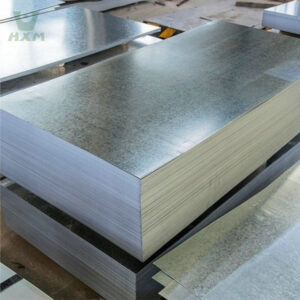
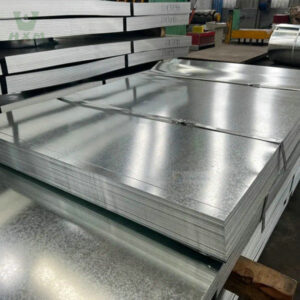
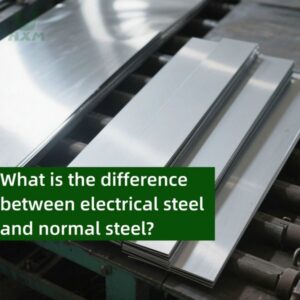
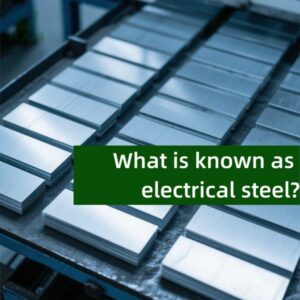

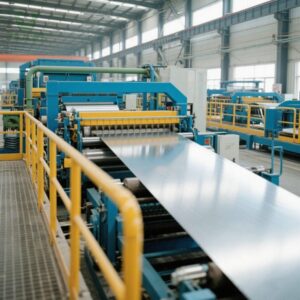
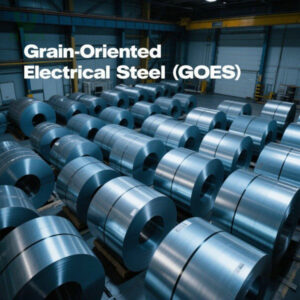
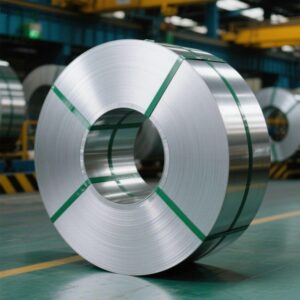
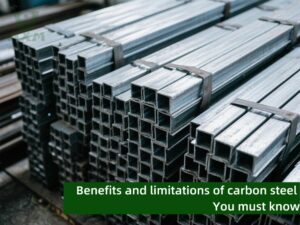
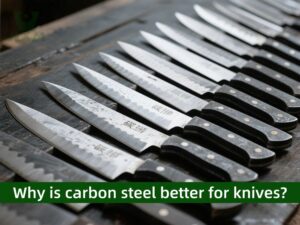
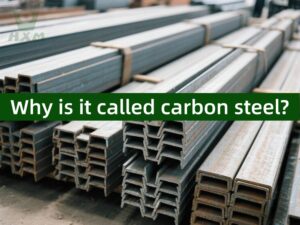
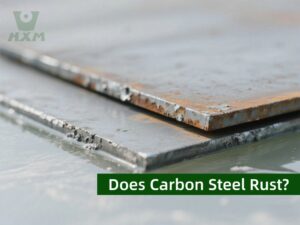
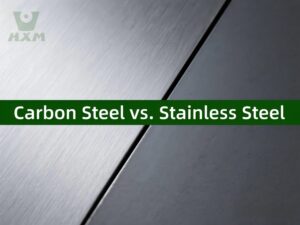
Carbon Steel vs. Stainless Steel: The Complete Industrial Guide
